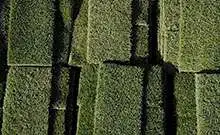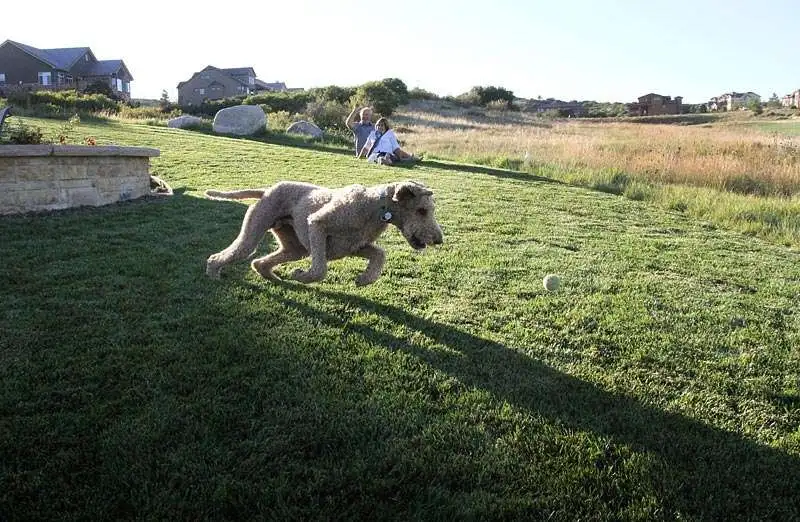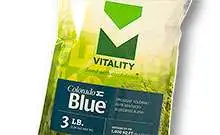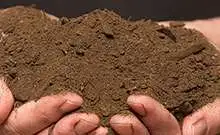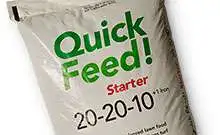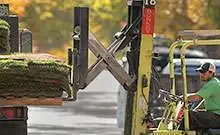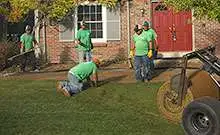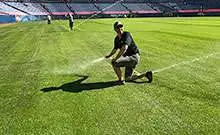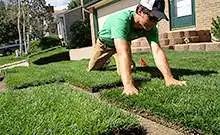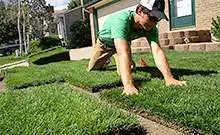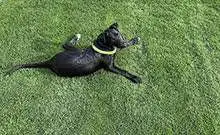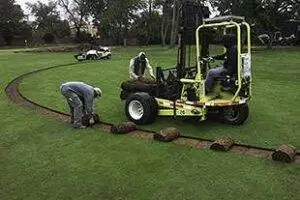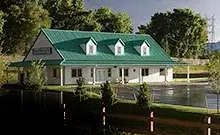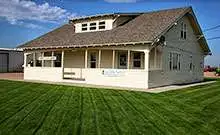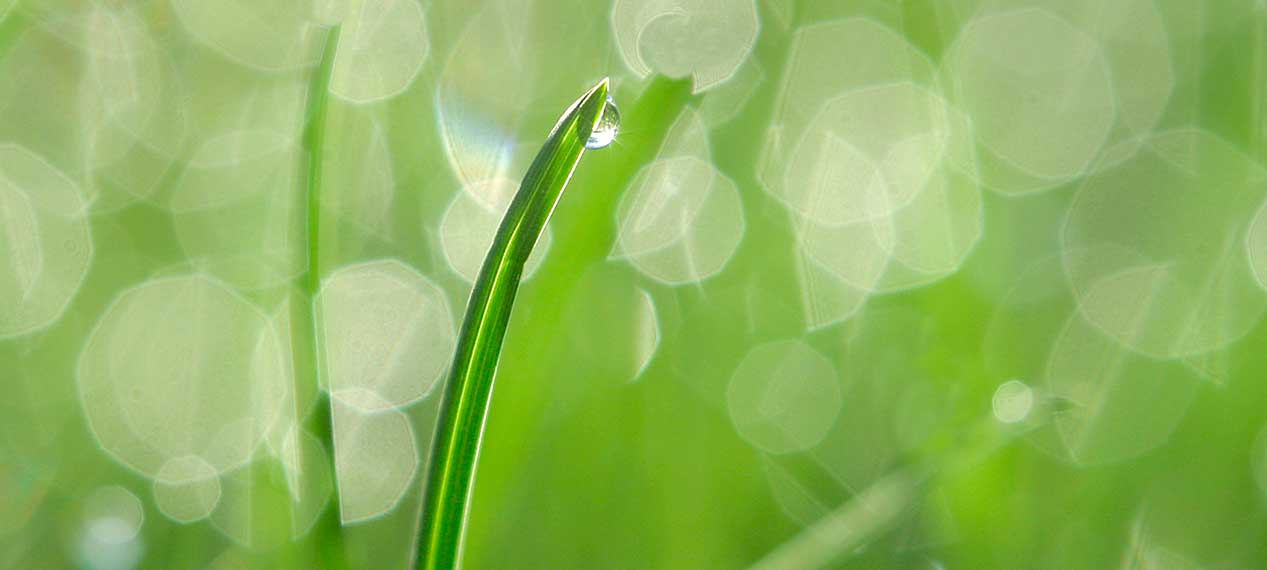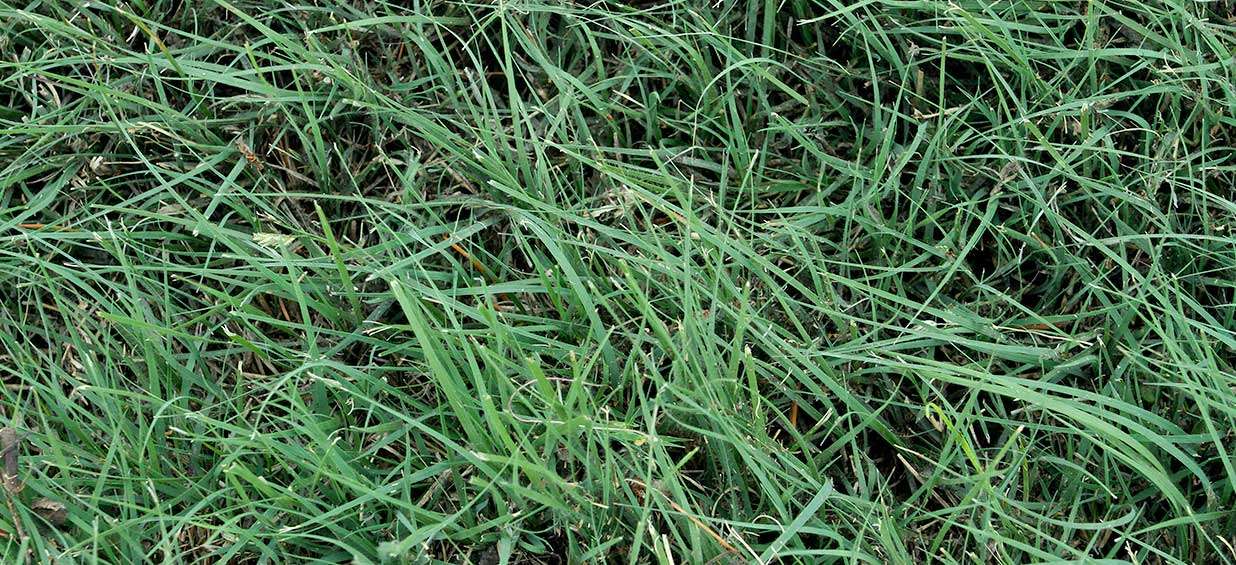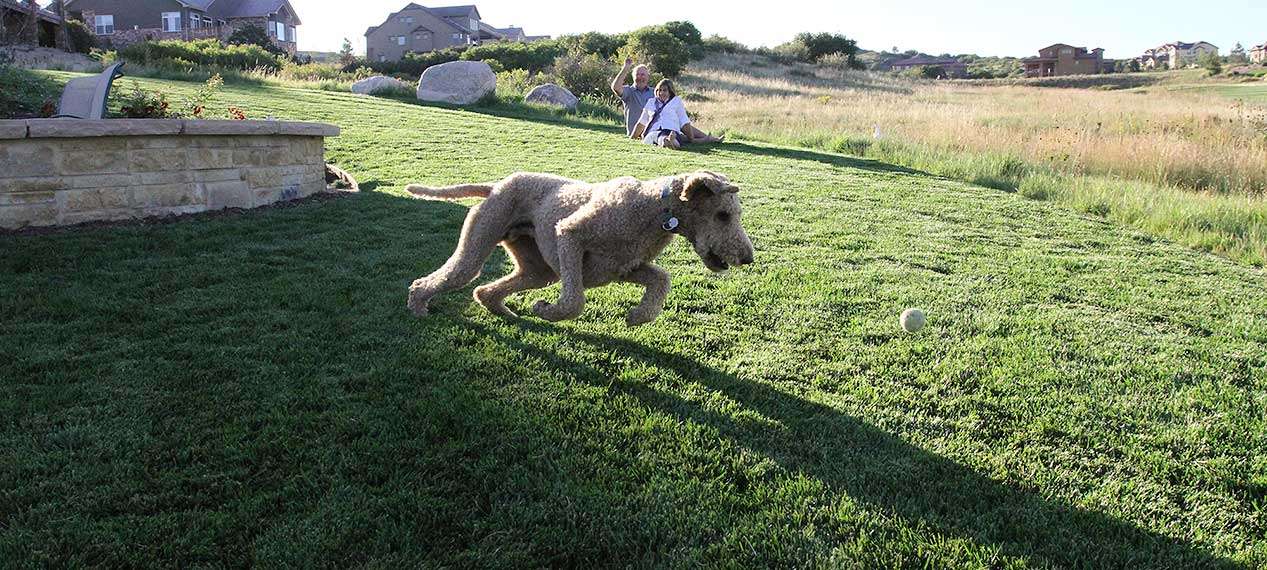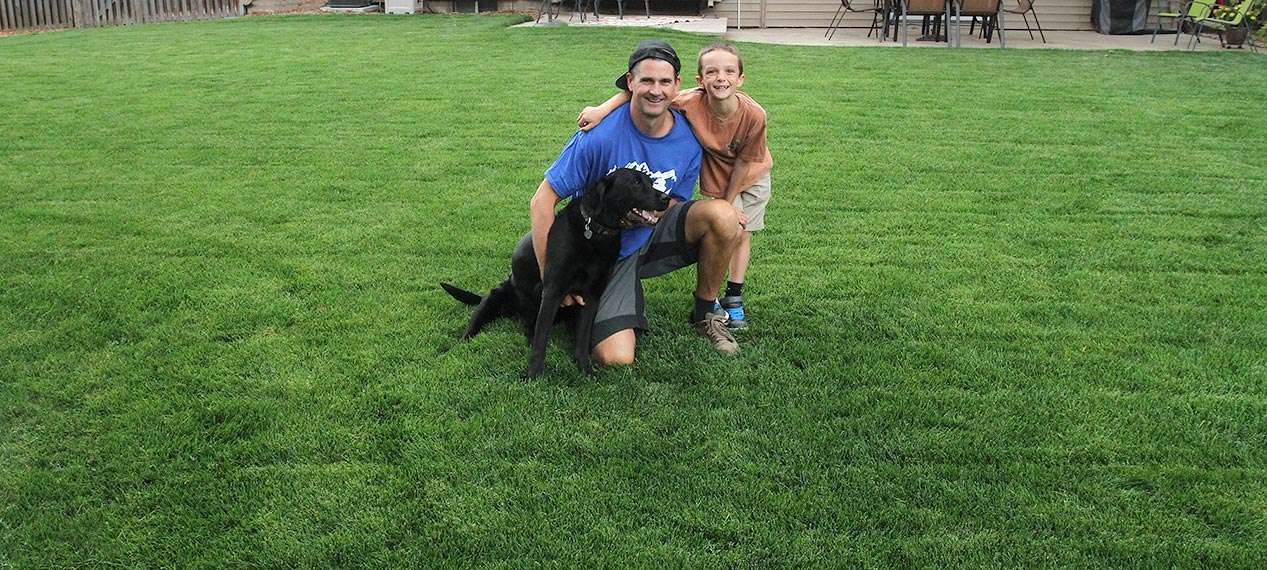Colorado Blue™ Kentucky Bluegrass Sod
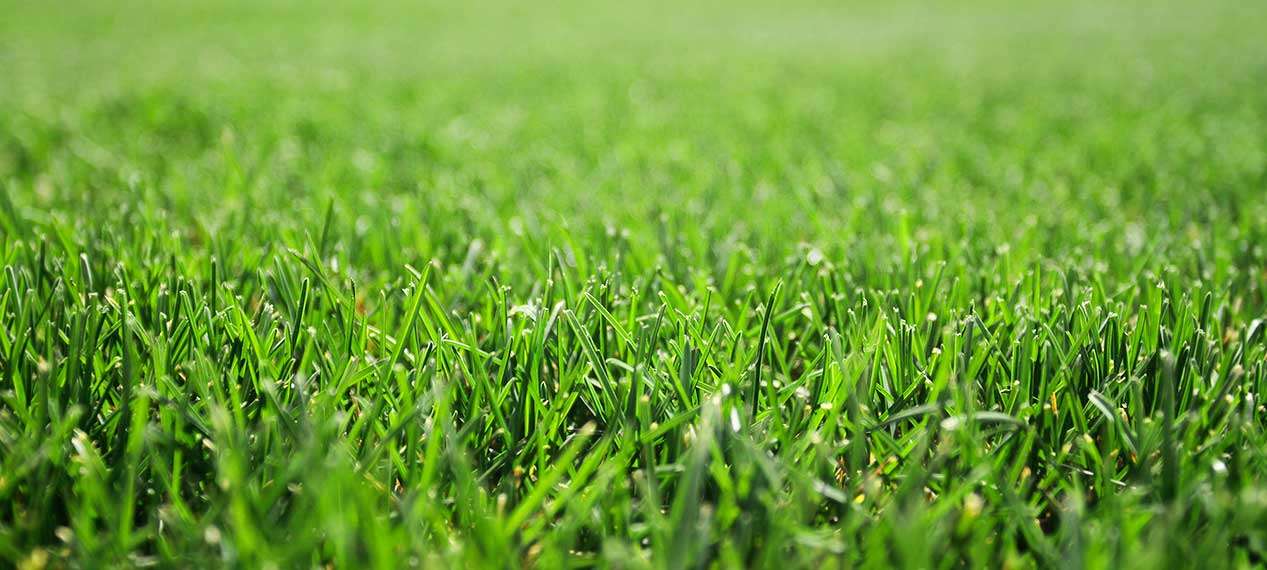
Genetic diversity, top varieties
Colorado Blue™ is a drought tolerant blend of elite Kentucky bluegrasses that is a dense, fine textured turf. Kentucky bluegrass is a cool season grass that is well adapted to northern climates. Green Valley Turf Co. has selected four top trial varieties of Kentucky bluegrass to form our Colorado Blue™ Kentucky bluegrass sod. The varieties selected are top performers in the mountain west region and are well adapted to Colorado’s erratic weather. Colorado Blue™ thrives in moderate to high heat and tolerates extremely cold temperatures. The use of multiple Kentucky bluegrass varieties in the Colorado Blue™ sod adds genetic diversity for improved pest resistance and enables the sod to be used for a wide range of applications.
Ability to survive drought
Colorado Blue™ forms a dense, dark green sod with a fine leaf texture. Deep roots are produced in the early spring and again in the fall. During extreme summer heat, Colorado Blue™ sod has the ability to go into dormancy and survive extended periods without water. Our Colorado Blue™ Kentucky bluegrass can be maintained at mowing heights of 3.5 inches to as low as a half an inch, making it the perfect choice for home lawns, parks, and sport complexes. Kentucky bluegrass has excellent wear tolerance, and produces the safest surface for family activities and athletic events.
Thick, dense turf
The semi-aggressive nature of these elite varieties in our Colorado Blue™ produces the highest wear rating of any of our sods. Great year round color and thick density makes this sod an attractive choice for a wide variety of applications.

